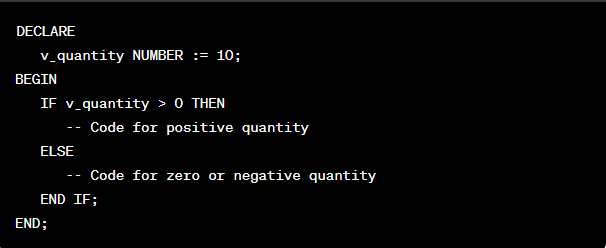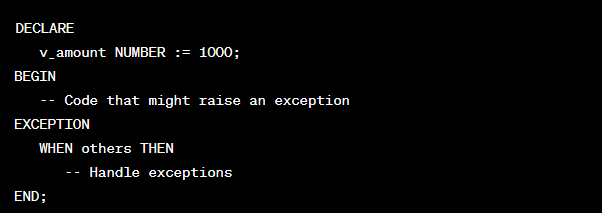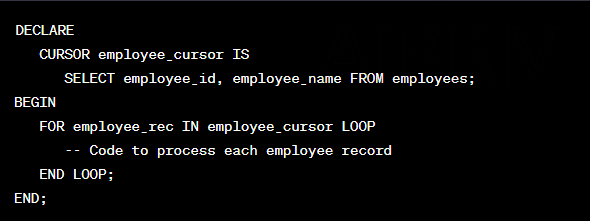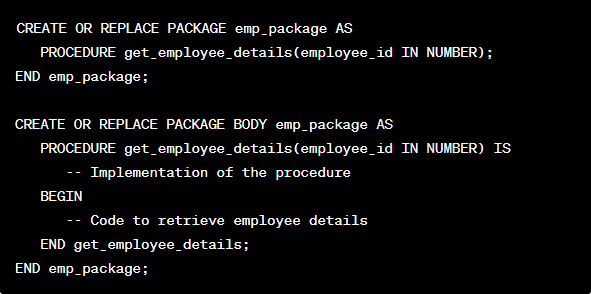Introduction:
Structured Query Language (SQL) is a powerful tool for managing and manipulating relational databases. However, when it comes to enhancing the capabilities of SQL and creating more sophisticated database applications, PL/SQL (Procedural Language/Structured Query Language) comes into play. In this comprehensive tutorial, we will delve into the world of PL/SQL, guiding beginners through the fundamental concepts and empowering them to master this powerful programming language.
Understanding PL/SQL:
PL/SQL extends the capabilities of SQL by adding procedural constructs, control statements, and error-handling features. It enables developers to create robust, modular, and maintainable database applications. Before diving into the details of PL/SQL, it's essential to grasp the basic structure and syntax.
Blocks and Syntax:
PL/SQL code is organized into blocks, which consist of three main sections: Declaration, Execution, and Exception Handling. Declarations define variables and other elements, while the Execution section contains the actual code. Exception Handling ensures graceful error management.

Variables and Data Types:
PL/SQL supports various data types such as VARCHAR2, NUMBER, DATE, and more. Understanding data types is crucial for effective variable declaration and manipulation within PL/SQL blocks.

Control Statements:
PL/SQL provides control statements like IF-THEN-ELSE, CASE, FOR, and WHILE loops, facilitating the creation of flexible and dynamic programs.

Procedures and Functions:
Procedures and functions in PL/SQL allow for modular code organization. Procedures are designed for actions, while functions return values.
 Exception Handling:
Exception Handling:
Proper error handling is crucial for robust applications. PL/SQL provides mechanisms to catch and handle exceptions, preventing unexpected crashes.

Triggers:
PL/SQL triggers are special types of stored procedures that automatically execute in response to specific events, such as data modifications.

Cursors:
Cursors in PL/SQL are essential for processing query results. They enable developers to iterate through a set of rows returned by a SQL query, providing fine-grained control over data manipulation.

Packages:
PL/SQL packages are a way to encapsulate and organize related procedures, functions, variables, and cursors. They enhance code modularity, reusability, and maintenance.

Dynamic SQL:
Dynamic SQL in PL/SQL allows the creation and execution of SQL statements at runtime. This flexibility is valuable when dealing with dynamic conditions or user-defined queries.

PL/SQL Best Practices:
- Use meaningful variable and procedure/function names.
- Comment your code thoroughly to enhance readability.
- Handle exceptions at an appropriate level to maintain a clear flow of control.
- Regularly optimize your code for better performance.
- Test thoroughly, considering various scenarios and edge cases.
Conclusion:
Mastering PL/SQL opens up a world of possibilities for developers working with Oracle databases. This tutorial has provided a foundational understanding of PL/SQL's key elements, from basic syntax to advanced topics like triggers. As you continue your journey, practice and experimentation will be key to becoming proficient in this powerful language. With dedication and hands-on experience, you'll soon be creating robust and efficient database applications using PL/SQL.

.png)
.png)




.jpg)


0 Comments